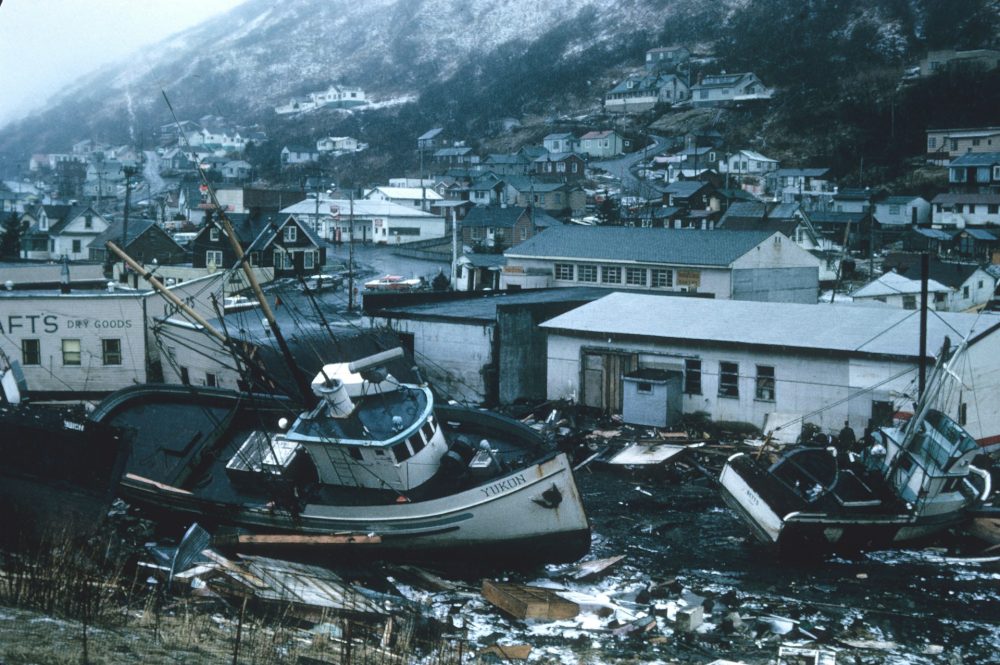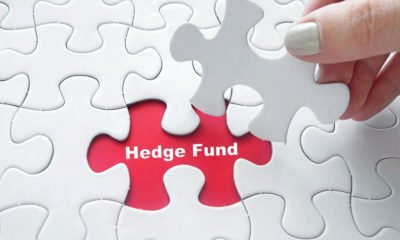Impact Investing
Catastrophe Bonds: High-Yield Tools for Disaster Risk Transfer
Catastrophe bonds transfer disaster risk from insurers to investors, offering high returns and portfolio diversification uncorrelated with markets. If a covered event occurs, investors may lose capital. Used for earthquakes, hurricanes, and pandemics, CAT bonds are growing amid climate-driven losses, costlier reinsurance, and higher rates, but demand expert risk assessment and professional oversight.

Catastrophe bonds are fixed-income securities issued by insurance companies or government agencies to transfer the financial risk of natural disasters to private investors. Essentially, the issuer receives capital from investors, who in return receive a high coupon.
However, if the covered event occurs during the term of the bond (typically 1 to 5 years), such as an earthquake exceeding a certain magnitude or a hurricane causing damage beyond a defined threshold, investors could lose all or part of their invested capital.
What are catastrophe bonds used for?
Insurance companies use catastrophe bonds to manage extreme risk, which in some cases can compromise their ability to pay claims. By transferring part of this risk to the financial market, they can protect their solvency and ensure business continuity even in critical scenarios.
For investors, CAT bonds offer attractive returns and a decorrelation with traditional financial markets, as their returns depend on physical events (such as natural disasters) rather than economic or geopolitical dynamics.
Benefits for investors
Institutional and professional investors consider catastrophe bonds as suitable instruments for:
Diversify your portfolio thanks to the low correlation with stocks and corporate bonds.
Earn high returns , higher than many other fixed income securities.
Access periodic coupon flows , which remain constant in the absence of the covered event.
For example, in recent years, a Swiss Re benchmark index has shown a performance of +14% in the last year and over +50% in the last five years , demonstrating the attractiveness of the sector.
Risks and limitations of cat bonds
The primary risk for investors in catastrophe bonds is the occurrence of the insured event. In that case, part or all of the capital may be withheld to finance reimbursements to policyholders. Furthermore, these instruments require advanced technical assessment , as they are linked to catastrophe and climate risk models. They are therefore not suitable for non-professional investors or those without specialized advice.
The main disadvantages of this type of financial instrument are therefore the possible total loss of capital, the dependence on increasingly uncertain forecasting models and the fact that it is still a relatively niche market, even if rapidly expanding.
Examples of catastrophe bonds
Over time, CAT bonds have been used to cover a variety of events, demonstrating their flexibility. These include:
Some earthquakes in Japan : In 2018, the World Bank issued bonds for $1.45 billion tied to earthquakes of magnitude ≥ 7.5.
Pre-Covid Pandemics : In 2017, the World Bank issued pandemic bonds (IBRD CAR 111-112) to respond to global epidemics.
Hurricanes in Mexico : In 2017, the country issued cat bonds to cover risks related to tropical cyclones.
Volcanic eruptions in New Zealand : In 2019, $3.65 billion in bonds were issued to protect the insurance system from eruptions in densely populated urban areas.
Meteorites: Even unlikely events such as meteorite strikes have been the subject of special issuance, as in the case of a 2014 US bond.
What is driving the increase in demand for CAT bonds?
2025 marks a turning point for catastrophe bonds. The surge in extreme weather events has resulted in annual insurance losses exceeding $100 billion , with estimates pointing to peaks of up to $300 billion in particularly severe years. Traditional reinsurance has become more expensive and less accessible, prompting many companies, such as State Farm and Citizens of Florida, to resort to catastrophe bonds. At the same time, rising interest rates have made these instruments even more competitive with other fixed income assets.
Catastrophe bonds are now becoming key tools for addressing evolving climate change-related risks. Climate change is increasing the frequency of extreme weather events. While they represent a concrete opportunity to protect the insurance system and offer high returns to investors, they also require awareness and expertise , given the highly specific nature of the risk they manage.
However, given the market dynamics observed in recent months, with strong issuance growth and growing attention from pension funds, hedge funds, and institutional managers, catastrophe bonds are poised to play an increasingly important role in global finance in the future.
__
(Featured image by NOOA via Unsplash)
DISCLAIMER: This article was written by a third party contributor and does not reflect the opinion of Born2Invest, its management, staff or its associates. Please review our disclaimer for more information.
This article may include forward-looking statements. These forward-looking statements generally are identified by the words “believe,” “project,” “estimate,” “become,” “plan,” “will,” and similar expressions. These forward-looking statements involve known and unknown risks as well as uncertainties, including those discussed in the following cautionary statements and elsewhere in this article and on this site. Although the Company may believe that its expectations are based on reasonable assumptions, the actual results that the Company may achieve may differ materially from any forward-looking statements, which reflect the opinions of the management of the Company only as of the date hereof. Additionally, please make sure to read these important disclosures.
First published in ESG NEWS. A third-party contributor translated and adapted the article from the original. In case of discrepancy, the original will prevail.
Although we made reasonable efforts to provide accurate translations, some parts may be incorrect. Born2Invest assumes no responsibility for errors, omissions or ambiguities in the translations provided on this website. Any person or entity relying on translated content does so at their own risk. Born2Invest is not responsible for losses caused by such reliance on the accuracy or reliability of translated information. If you wish to report an error or inaccuracy in the translation, we encourage you to contact us.

-

 Fintech2 weeks ago
Fintech2 weeks agoItaly Issues First Natively Tokenized Minibond on Public Blockchain
-

 Fintech1 week ago
Fintech1 week agoN26 Hires UBS Executive to Lead Turnaround Amid Regulatory Pressure
-

 Biotech3 days ago
Biotech3 days agoCAR-T Therapies: From Breakthrough Cancer Treatment to Faster, Safer, and More Accessible Immunotherapy
-

 Cannabis1 week ago
Cannabis1 week agoLuxembourg’s Cannabis Paradox: Legal at Home, Restricted Everywhere Else
























